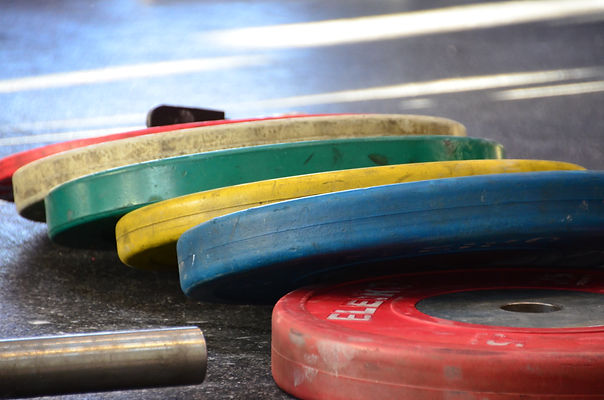Guest Post: The Smallest Worthwhile Change
- Dave McDowell
- Oct 5, 2015
- 4 min read
Another Post From Strength and Performance Coach. Cory Kennedy, M.Sc. You can find Cory on His Website at Razorsedgeperformance.ca.
There is a concept in high performance of the smallest worthwhile change. It is a concept born out in statistics about what type of intervention is necessary to change your placing in competition. For example, the 100m dash in the Olympics. The SWC is a change necessary to affect your placing in the 100m final. It uses the typical variability in competition within the sport to quantify whether a change in a performance metric is meaningful. I have the good fortune of working in high performance sport and I can say that it is often fascinating to find different ways to create this SWC. It can come from recovery, training, equipment modifications, technique changes, the list goes on and on.
You see, for an athlete who is going to the Olympic games, maybe even for the second or third time, you are turning over every leaf. At this point in there career, they have likely tried and mastered many things to bring them to the top of their sport, and it gets harder and harder to find more ways to improve performance. If you want to win gold though, sometimes it’s necessary.

The flip side of the coin though, is when this concept arises in developing athletes. You see it all the time. Think about a friend who bought new shoes, or cleats, thinking it will change their performance. The new pre-workout supplement, compression gear, or even workout track. We see it all the time, not even thinking about it, but people love to seek out the SWC at every age.
The only problem is that while it is really sexy to find this secret sauce, for most athletes the focus should be on the Largest Worthwhile Change. You see many of these “elites” that I just spoke of have gone through many yearly training plans, maybe even a quadrennial or two…
The LWC can be thought of as a consistent approach to the basics. It is surprising how many athletes don’t put in a full-year of focused training before going to college. I am referring to an approach to training with full mental engagement and consistent adherence for a yearly plan. Too often athletes think that one workout, or maybe a good 2-3 weeks is enough to create an adaptation. The truth is, most athletes haven’t learned to push themselves hard enough to make that a reality. With our experienced Olympian from the last paragraph, maybe 3 weeks is enough to get a SWC in the middle of a competition period, since they should have technical mastery of the training methods, and the ability to focus all their effort to it’s execution.
The developing athlete though, whether they want to or not, doesn’t have the experience to really push themselves as hard as they need to for that to happen. So true adaptations may take months to achieve. This is nothing to get discouraged about, it is the standard process that everyone must go through.
Let’s take complex training for example. Typically, it is done by pairing an exercise of high load (lets say squat, 1-3RM) with an exercise of high speed (lets say countermovement jump) to elicit a performance improvement. Without going into all of the reasons, the belief is that the exposure to high load will make performance of the high speed activity better. There is research to support this. However, the research also shows that until you have reached a certain training age, and met certain strength criteria, this second exercise may in fact have a reduced performance, the opposite effect. It’s simple really, you are fatigued after a hard set of squats and don’t have the reserves to create the high output jumps…The complex just serves as an example of a training method, that while effective, doesn’t need to be used with every athlete you train. Taking time to be patient with the basics and develop mastery can go a long way in improving your performance significantly now, and setting you up for more SWCs in the future.
The LWC that I am referring to can appear in a variety of ways including: consistent training throughout the year (even DURING competition periods), focused effort on movement quality, recovery/regeneration methods, sound and consistent nutritional intake, a growth mindset, and deliberate focus and attention to detail.
The most recent example I can think of comes from the platforms at a local weightlifting club. Every week I see athletes come in with the best shoes, knee sleeves, wrist wraps, and workout supplements. Then they proceed to underwhelm in their performance. Now I am not saying any of these items are bad, or that every athlete has to be amazing, we all have to start somewhere. I am just saying, before rushing out to buy all the toys (for SWCs) and accessories, spend time working your craft! Most of these lifters aren’t being held back because of the knee sleeves, wrist wraps, or shoes!
Focus on the Largest Worthwhile Changes before you waste money on the smaller details. You will thank me in the end.
This article was originally written for Razors Edge Performance
By: Cory Kennedy, BPHE, MExSci, CSCS, CISSN
Photo Credit
Photo Credit via Photo Pin CC
Photo Credit via Photo Pin CC








Comments